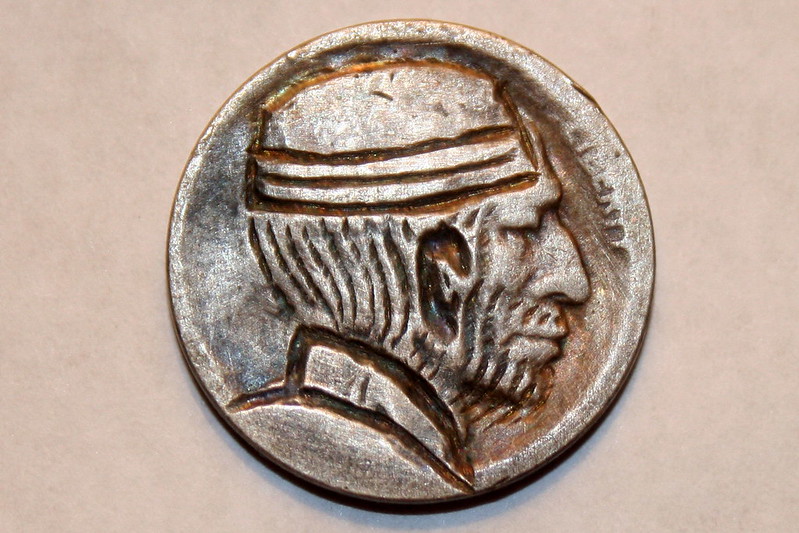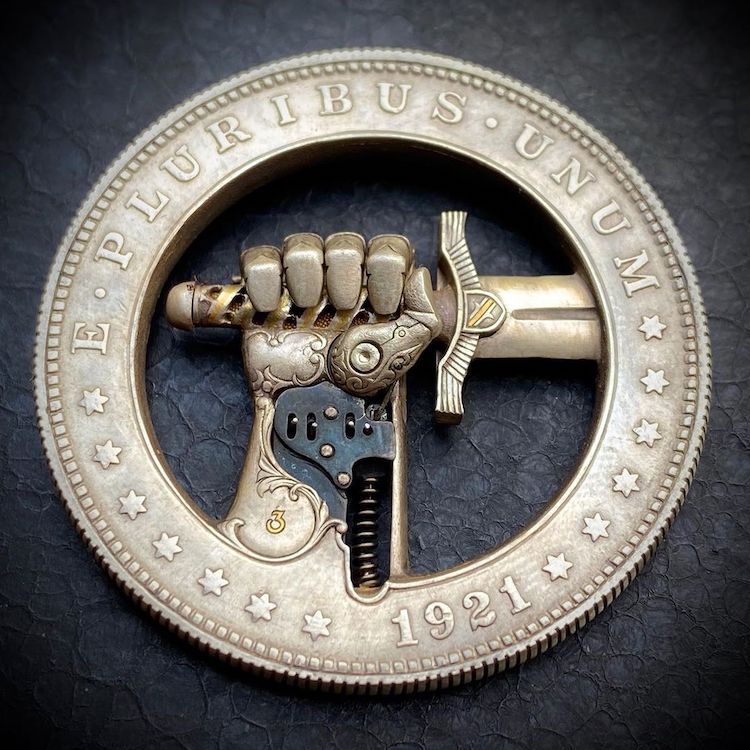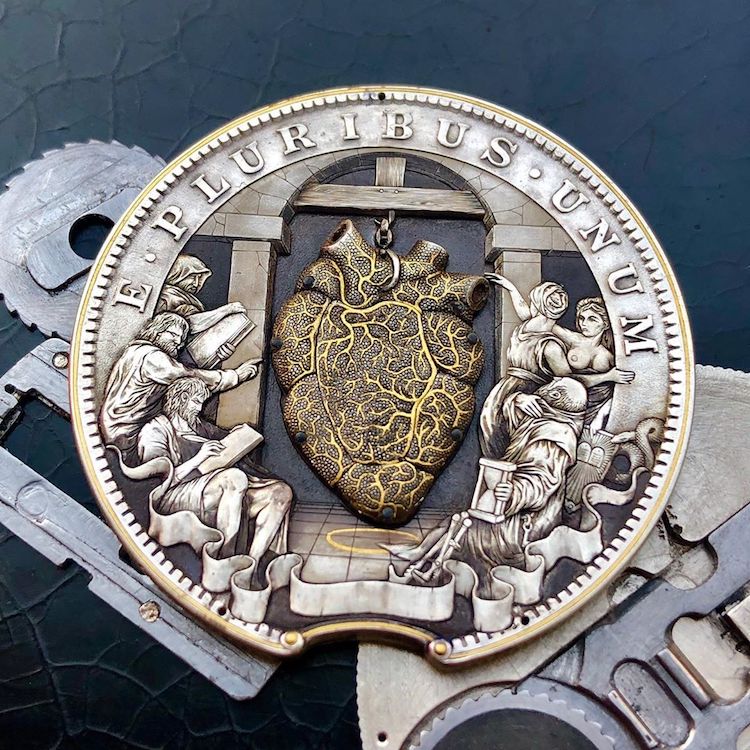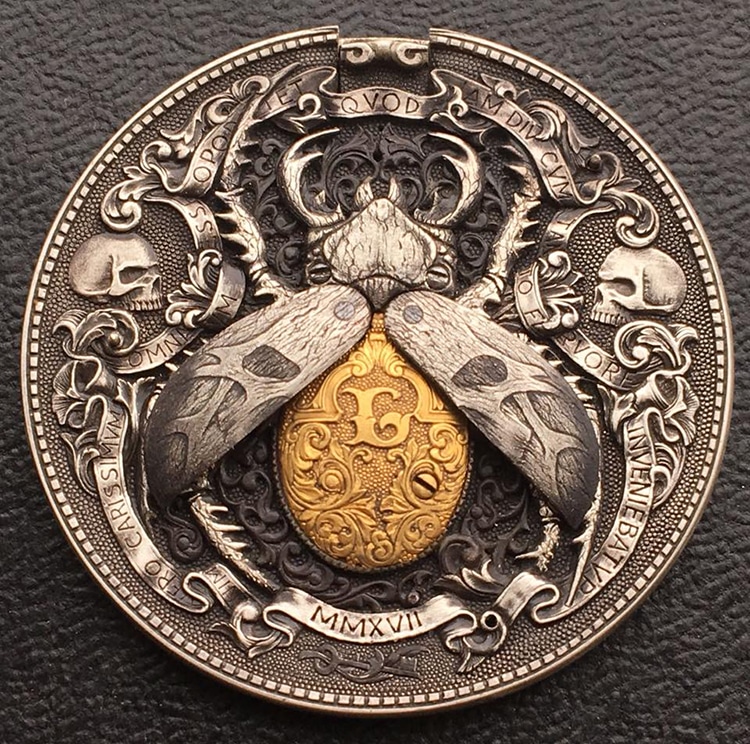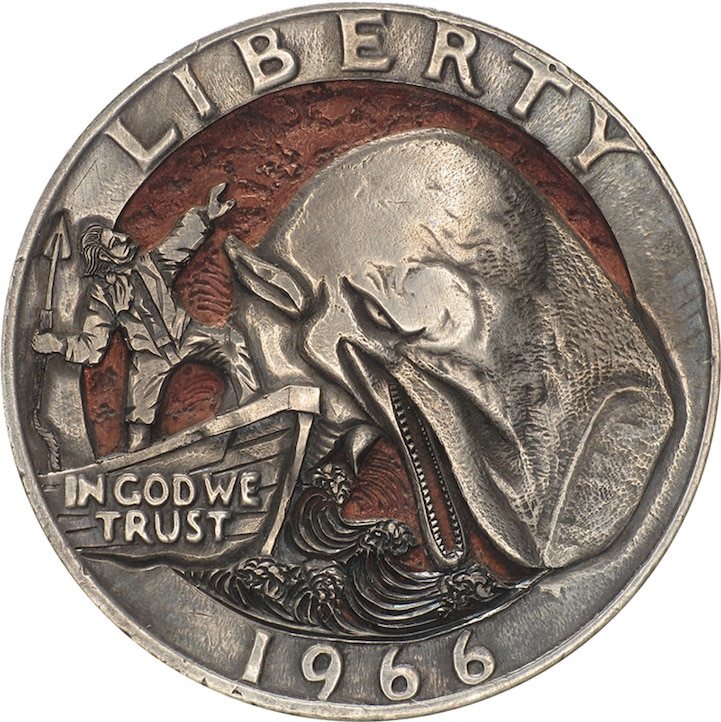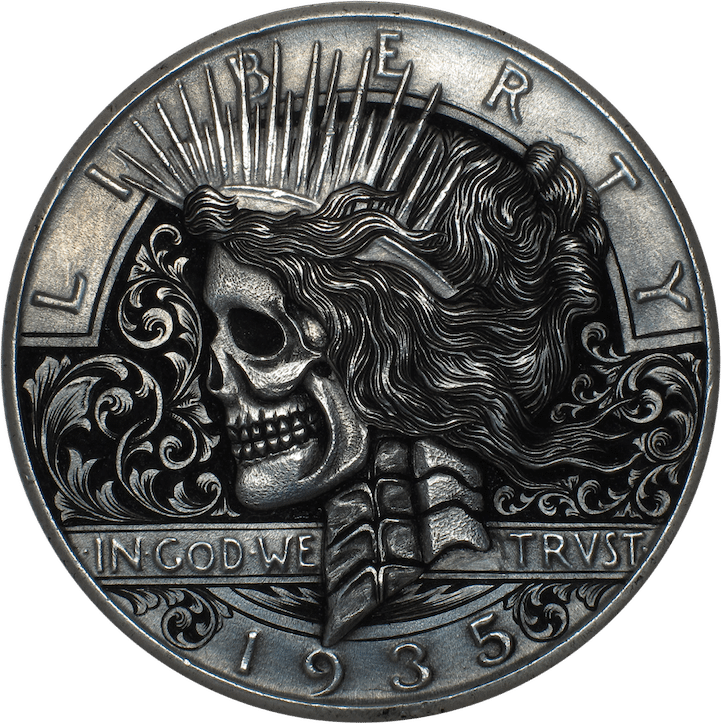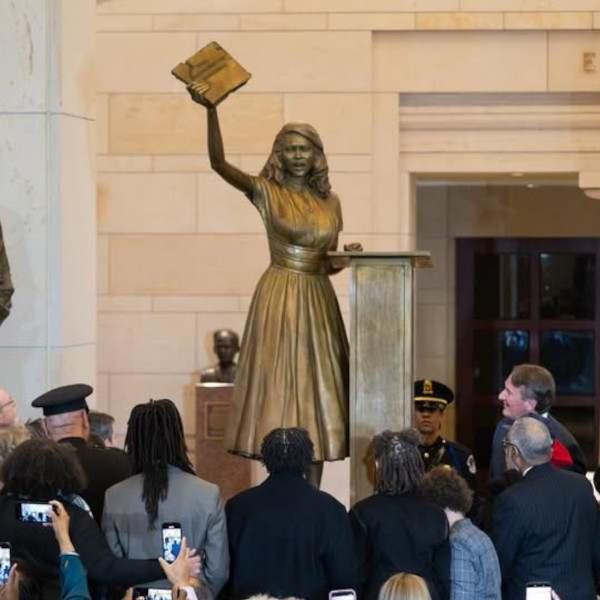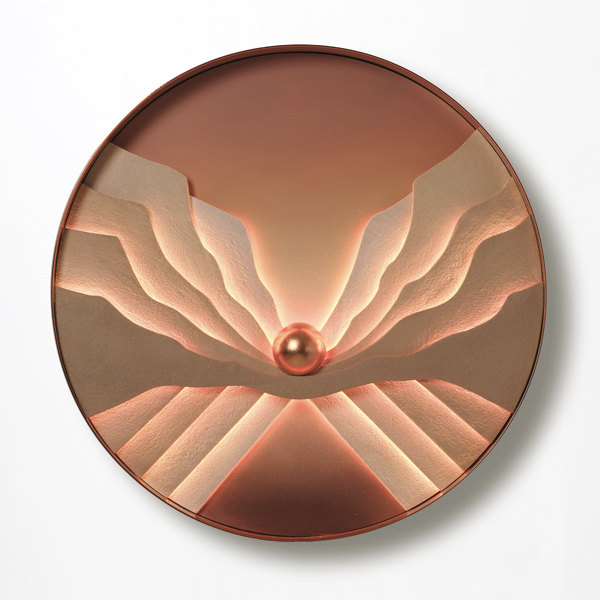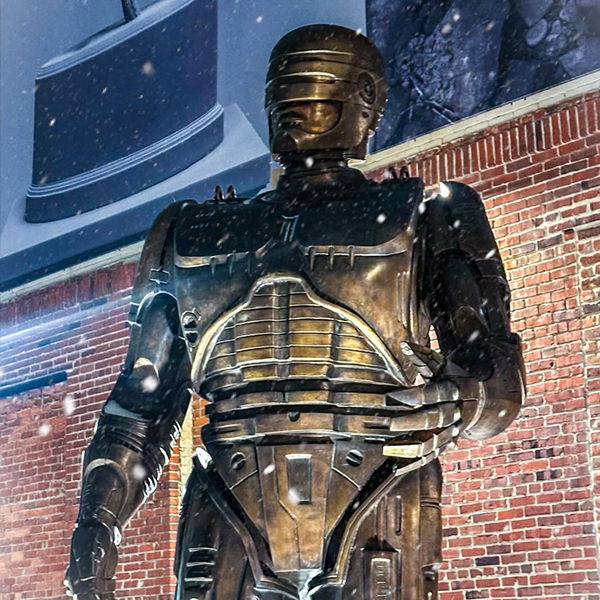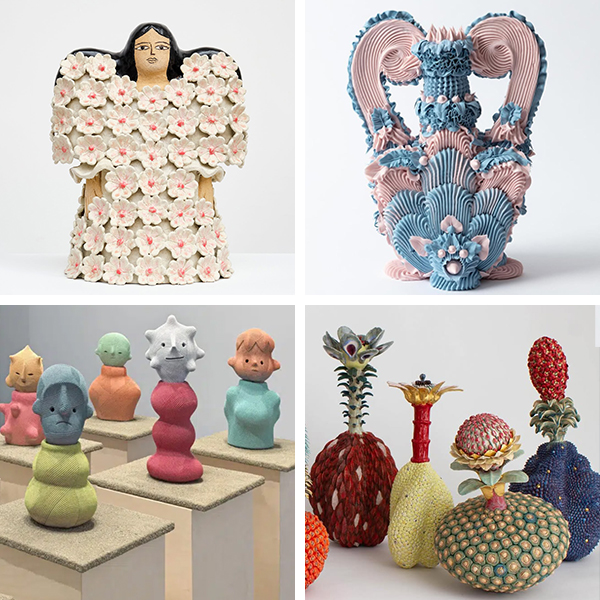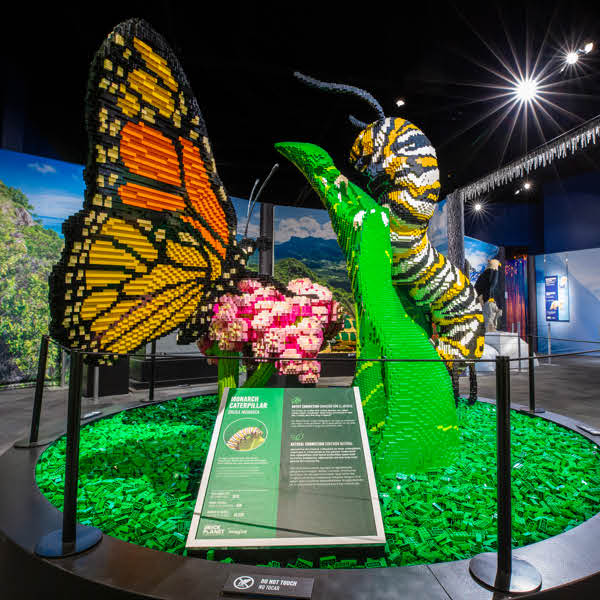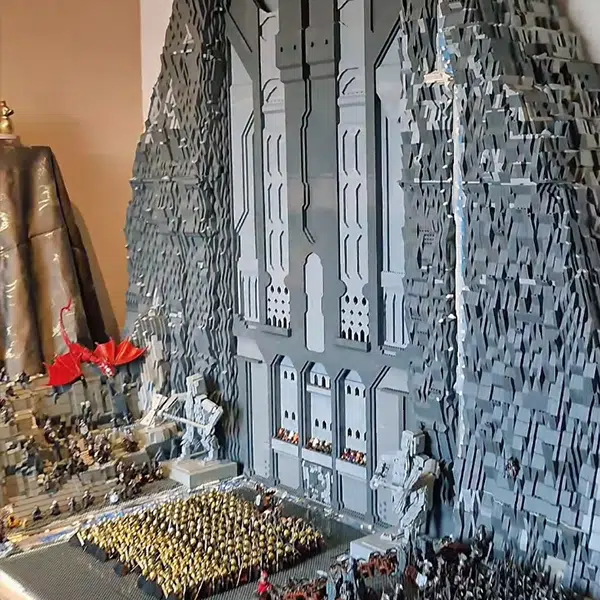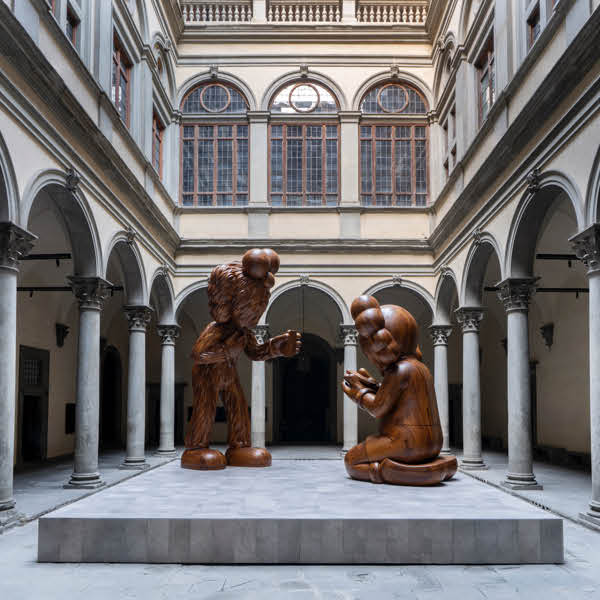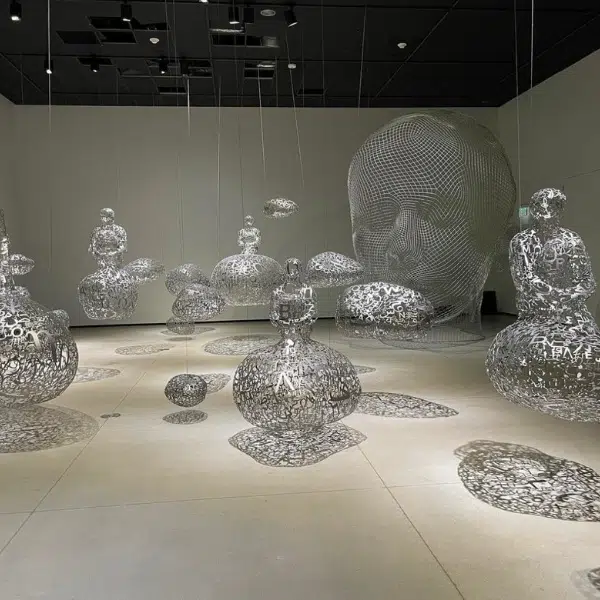View this post on Instagram
The term “hobo nickel” might not sound like anything special, but don't be so quick to judge—it's an impressive art form. Named after the people who popularized the craft, hobo nickels were made by wandering “hobos” (people who often traveled by hopping freight trains) in the U.S. during the early 20th century. They would alter classic coins by engraving their own designs onto the circular metal surfaces using knives and other makeshift tools. These hand-held bas relief sculptures were a reflection of the individual's character, etched into the gleaming metal coin forever.
Decades later, original hobo nickels are still sought after collector coins. But the artistic tradition still remains relevant today; many craftspeople are still practicing the art of engraving onto old pocket change. Read on to discover the history of hobo nickels, as well as how today’s artists are modernizing the craft.
The History of Hobo Nickels
View this post on Instagram
The first altered coins date back to the 18th century in Britain, France, and South Africa, where people engraved “love tokens” into silver. These metal emblems (usually etched with initials or names) were given as gifts and often incorporated into jewelry.
When the Buffalo nickel was introduced in 1913, it became the most popular surface for coin engravers in the U.S. While previous coins featured small heads (a Lincoln cent, for example, had a head covering about one-sixth of the area), the Buffalo nickel had a Native American's head that occupies about five-sixths of the coin’s surface.
View this post on Instagram
The large, thick metal template allowed more room for finer details and elaborate designs—a shift in convention. Nearly all older coins were adorned with female heads (such as the Liberty Head nickel). The male head on the Buffalo nickel, by contrast, had larger characteristics that allowed artists more space for altering the face into all sorts of characters, including skulls, self-portraits, or their friends. Even the reverse side of the coin (which features a buffalo) was often changed into another animal, such as a donkey or an elephant. Some artists went another route and turned it into a walking man wearing a backpack.
Regardless of the chosen design, artists spent hundreds of hours using chisels, knives, hammers, and any other object fit for shaping and etching metal.
These American hobo nickels started to emerge all over the country, and more and more people started to adopt the craft as the years went by. Bertram Wiegand (aka Bert) was perhaps the most prolific hobo nickel artist from that time, along with his student, George Washington Hughes (aka Bo).
Sadly, Bo’s life reflected the economic depression at the time. The meticulous manual labor he endured to make his coins resulted in permanent damage to his hands. At one point, while working on a nickel, his chisel suddenly slipped and struck his hand. The injury forced the once-great hobo nickel engraver to slow down his production, and his finished coins were no longer of the same high quality his fans were used to. Nonetheless, Bo’s coins are still popular among Numismatists (people who collect coins and other related objects). But beware: there are modern-day knock-offs—called “neo-bos”—that are still circulating the niche market.
During the 1930s, the Buffalo nickel remained the most popular among engravers, and many of the early coin engravers continued to prefer the classic coin after it was replaced by the Jefferson nickel in 1938. From the 1940s, many new carvers appeared, and the design and subject matter of the coins began to change to reflect a contemporary style.
It’s believed that as many as 200,000 classic hobo nickels were created from 1913 to 1980, and many modern artists continue to practice the craft. Scroll down to check out some of the hobo nickels being made by talented artists today.
Contemporary Coin Engravers
Roman Booteen
Follow Roman Booteen: Facebook | Instagram
Paolo Curcio
Follow Paolo Curcio: Website | Twitter
Wu fan
View this post on Instagram
View this post on Instagram
Follow Wu Fan: Instagram
Tempus Fugit
View this post on Instagram
View this post on Instagram
Follow Tempus Fugit: Instagram | eBay
Stephen Xu
View this post on Instagram
View this post on Instagram
Follow Stephen Xu: Instagram
Related Articles:
6 Contemporary Relief Artists Who Put a Modern Spin on This Ancient Art
Artist Hand-Engraves Elaborate Coin with a Mechanical Beating Heart
Artist Hand-Engraves Incredible Gold Bug Coin with Mechanical Wings
Artist Hand-Engraves International Coins with Floral Scroll Motifs
